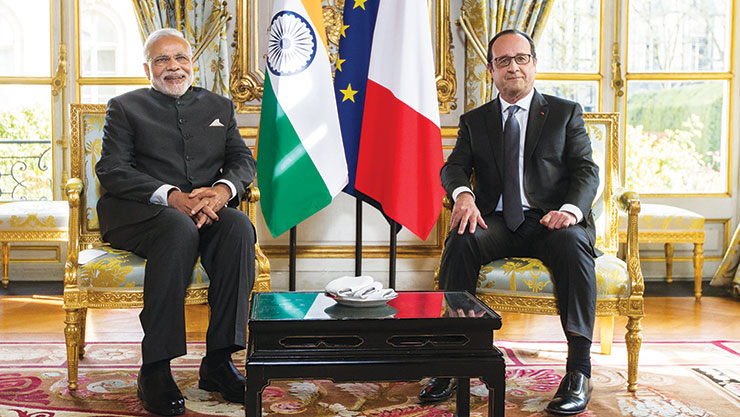
INDIAN AIR FORCE (IAF) is well on its way to score a century – a la Virat Kohli – it shall be celebrating its centenary in 2032, another 14 years from today, but will it have his vast array of excellent strokes – prized assets – at its disposal? The Air Force vision of expanding itself into an aerospace force through concerted efforts and the much-publicised new acquisitions is replete with hurdles and ‘modernisation’ of a legacy inventory.
Not wanting to sound pessimistic, the statistics speak for themselves; reportedly, only eight to ten per cent of the 144 defence proposals initiated during the last three years of the present government have come to fruition; this when officials in the Ministry of Defence (MoD) had started talking in 2014 of spending Rs 15,00,000 crore over the next ten years and the Defence Acquisition Council (DAC) had cleared proposals worth Rs 3,10,000 crore within a few months of the present government taking over! While the above figures comprise the three Services, this article will restrict itself to the IAF, and further narrowed to the acquisition of the much-publicised, much-maligned and the much-politically contested, Rafale aircraft.
A BRIEF ON THE RAFALE ACQUISITION
The IAF issued a “Request for Information” (RFI) for 126 Medium Multi-Role Combat Aircraft (MMRCA) in 2001, but the scheme was not pursued with vigour, for varying reasons, both at the Air HQ and MoD. Well beyond the planned December 2005 deadline for the issue of a formal Request for Proposal (RFP), the MoD announcement was made only in August 2007, a delay of almost two years! The blame for the delay cannot, however, be placed solely at the Ministry’s door; other causes too contributed in equal measure. The requirements for an enhanced strike capability with an extended range to meet out-of-area contingencies; the understanding of the new offset policy introduced in 2005 and revised subsequently; and the hectic behind-the-scene political lobbying by the many nations in contention; all contributed to the delays.
Defence procurements, more so aircraft acquisitions, have a long gestation period. When planning for any new acquisition – be it an aircraft or a system – the geo-strategic threat perception and utilisation of the platform are not the only criteria to be considered. The life cycle of an aircraft, in terms of its total technical life (TTL) and the maintenance support for sustenance through the TTL, is equally, if not of more importance while calculating the cost; in addition the cost of armament, the avionics on-board and the training costs are added as separate contracts. It is for the first time that the IAF, before placing an order, calculated the life cycle cost, taking it to be around 40 years, with maintenance requirements to be met for the entire service life, be it through transfer of technology or otherwise, and prepared the RFP with due diligence. The Original Equipment Manufacturers (OEMs) on receipt of the RFP, a 211-page document, were required to submit their proposals within six months.
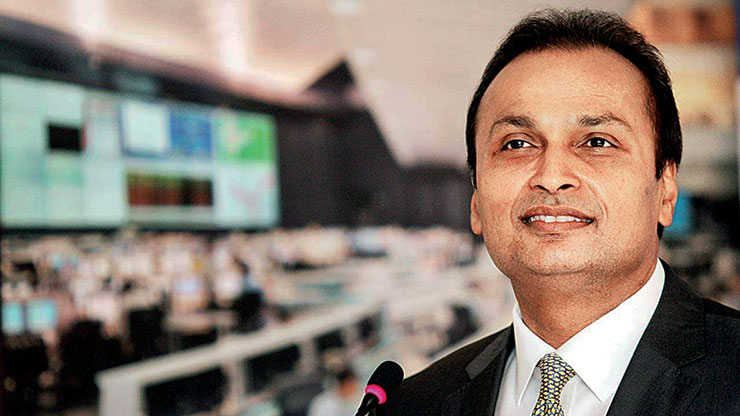
The acquisition of 126 MMRCA, termed as the “mother of all defence deals”, then with a budget allocation of about Rs 82,000 Cr ($20 billion), obviously invited global interest from the major aircraft manufacturers. After the study of the six proposals that had been received, the Ministry finally shortlisted the Dassault Rafale and the Euro-fighter Typhoon; the decision, notwithstanding the immediate after-shocks from the companies/nations that were rejected, was entirely on the basis of the meticulous evaluation process and the trials conducted by Indian test pilots; other elements of the proposal, namely, transfer of technology, chosen offsets and the costs were not considered at all at this stage.
Subsequent to the selection of the two aircraft, the commercial bids of the two manufacturers were examined; thereafter negotiations commenced for offsets, transfer of technology and reduction in cost of aircraft and spares. While the need for the expeditious conclusion of the contract after the completion of the necessary negotiations was not lost sight of, it goes to the credit of the IAF, knowing that the Defence Procurement Procedure (DPP) is a game for the patient; it followed each step scrupulously, lest it face objections and consequent delays at a later date. On January 31, 2012, the MoD announced that the selection of the Dassault Rafale for exclusive negotiations; the reasons given for selection included lower unit cost, lower overall life-cycle cost, lower fuel consumption, and simpler maintenance requirements, as compared to its competitor.
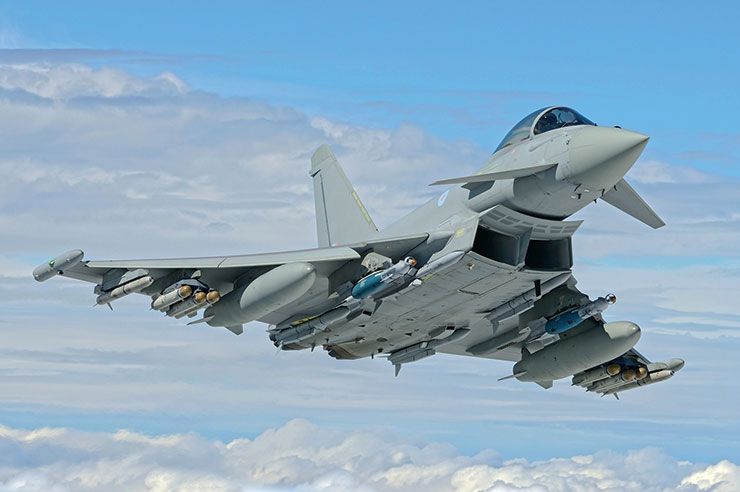
Only the final negotiations with the OEM and the subsequent procedural approvals remained before the final contract was to be inked; but, alas, it was not to be. While the file moved its meandering path in the Ministry for the Defence Minister’s approval and then for the Finance Minister’s consent, before the final blessings of the Cabinet Committee on Security (CCS), a spanner in the works was thrown in; negotiations were put on hold due to representations – anonymous or otherwise were received from quite a few sources, by the Raksha Mantri (RM), one of which is reproduced here. A Member of Parliament from a regional party of South India wrote to the then RM, AK Antony, on February 27, 2012 alleging irregularities in the evaluation process while selecting the lowest bidder (L-1).
The complainant, as quoted on the site, www.indiatoday.in on March 13, 2012, wrote, “The alleged manipulation of the evaluation process in picking the L-1 contractor, which resulted in a decision to procure 126 MMRCA, has raised serious apprehensions not only across the country but also worldwide. If a proper decision is not taken, the country’s credibility will be at stake.” While the intentions and the integrity of the complainant are not questioned, one would definitely want to know the domestic and international sources of his allegations, his personal knowledge of the DPP, the procedure followed till then, and the impact that his complaint could have on security preparedness of the IAF.
The deal could have been delayed indefinitely or scrapped in toto, but the investigation report prepared by three independent observers, including a former top Finance and Defence Ministry bureaucrat appointed by the Central Vigilance Commission (CVC), found no deviations from the laid down procedures, which had been followed to the letter, in content and spirit. Nevertheless, the process of finalising the contract did not pick up with rapidity to make up for the delay caused, and the negotiations continued to move at a snail’s pace, finally reaching an impasse due to disagreement with the OEM on manufacture by Hindustan Aeronautics Limited (HAL). The readers know it well that the contract was never signed for 126 aircraft that the IAF needs so desperately, and it is only 36 aircraft that are now contracted for delivery commencing next year.
WHAT NEXT
Now that the Indian and French governments have signed an all-inclusive contract, which may be incomprehensible even to some aviators, the deal has now become meat for an acrimonious political squabble. Without taking any sides, there is a need to explain the terms and conditions of the contract. The opposing parties are exerting tremendous pressure on the government to make a public statement on the details of the contract, especially the cost. These parties, consisting of some seasoned politicians are fully aware that secrecy clauses in inter-governmental agreement (IGA) do not permit such disclosures, yet the noise, both within and outside Parliament; the government has done well by avoiding public disclosure of information that it has agreed to protect as per the agreement.
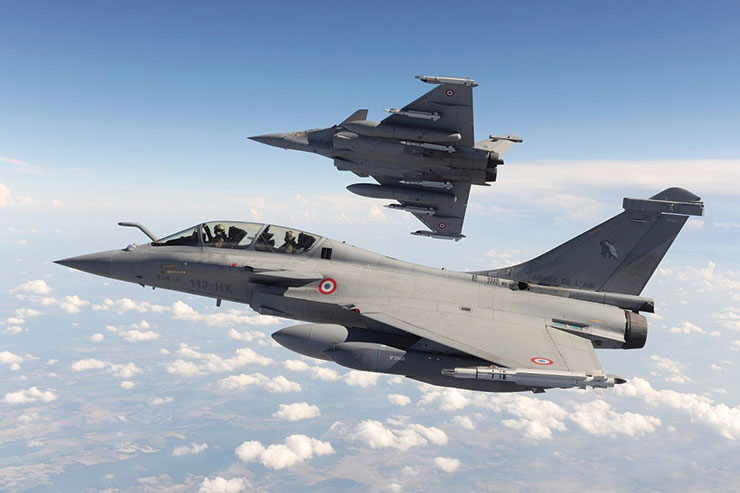
As aforementioned, the contract is comprehensive, covering all aspects. If one goes by the time line for this acquisition, it shall be 19 long years when the Rafale finally does don the IAF colours and flies in the Indian skies. The air staff requirements (ASR) for the MMRCA were finalised by Air HQ more than a decade ago. Rafale and the Eurofighter were short-listed as both were found to meet the requirements. Nevertheless, with the then government dragging its feet, and the present government trying to understand the intricacies of a defence purchase, the order for 36 aircraft was announced only during a visit to Paris by Prime Minister Narendra Modi in 2015; luckily for the IAF, this was the quickest possible since a substantial portion of discussions had already been completed. The IGA was then signed in September 2016. During the interim, technology has galloped ahead; new avionics have come into the market; as have some new aircraft armament, which, if opted for can add to the capability of the aircraft, as well as add to the cost of the package deal!
The package includes the Meteor missile having extraordinary range, short-range air-to-air missiles and other weapons. Additionally, it includes training systems, performance-based logistics support for two squadrons, enhanced period of maintenance support and full maintenance support at two bases for five years. It is a comprehensive package and the quickest possible to get a new induction operational, in the shortest possible time.
The earlier contract envisaged in 2012 was only for the production of bare aircraft, under licence by HAL and would, hence, have necessitated many supplementary contracts to procure weapons and other training, operational, and maintenance packages; had the government followed that path, negotiations would still have been continuing, while the IAF would have been twiddling its thumbs! The biggest objection Dassault Aviation had was against taking responsibility for the work-share of HAL.
On all previous licence productions, the concerned OEMs have never stood guarantee on aircraft manufactured by HAL under licence. But, going by previous experience of unsatisfactory performance of HAL, IAF now insisted on such a certification. Another major aspect was that HAL yard-stick for man-hours to produce an aircraft was nearly three times that of the OEM, which the government too felt to be too high, and was unacceptable to the OEM. Lastly, if a comprehensive contract, covering all aspects, is not agreed upon at the initial stages itself, negotiations for a lower price for maintenance support, armament and other support services becomes very difficult, since it is the OEM, the seller, who has the upper hand, and not the IAF, which then becomes a ‘captured customer’!
Questions are being asked of the IAF, “Why only 36 aircraft? Why was the announcement made in France during the Prime Minister’s visit?” As the years slipped by without a decision, IAF was in dire straits. It faced serious difficulties in meeting its operational responsibility with a dwindling combat squadron strength, which meant that the aircraft to be declared obsolete were yet continuing. By end-2014, with the new administration in place, the IAF projected their critical need for a minimum of 36 aircraft. The available information on the negotiations helped the government to make a quick decision on the purchase of the urgently needed 36 aircraft, in a comprehensive package that would make the Rafale operational at the earliest. The continuing impasse on the involvement of HAL was thus, bypassed.
The Offsets Contract is another bone of contention that the opposing political parties have with the government. Offsets on any purchase provide opportunities for national industries, not necessarily in the defence segment, to participate and expand their capabilities and business. The OEM can choose any offset partner in India from a list of 100 or more; it just so happens that Anil Ambani-led Reliance Group features on the list. The offset deal, with who-so-ever is selected as the partner in a joint venture (JV) involves a 50 per cent offset clause as against the normal 30 per cent, that will involve investment by OEM for military aerospace R&D, for manufacturing Rafale components in India, and other aviation-related production. It is important to note here that none of the 36 aircraft being supplied to India are going to be produced in India by any of the offset partners (emphasis intentional). All aircraft would be manufactured in France by the OEM and would be delivered between 2019 and 2022.
CONCLUDING THOUGHTS
The country faces the dubious distinction of being the largest arms importer and the ignominy of having the fourth-largest air force without any major indigenous productions. Defence acquisitions, especially inductions in the IAF, have faced flak in the past. The Parliamentary Accounts Committee (PAC) examined the Jaguar deal in 1987 and came to the conclusion that the aircraft were outdated and hence, the Rs 1,500 crore had been wasted; the aircraft are still on the IAF inventory rendering excellent service and will continue for another 20 years! Over the years, the IAF has not been able to replace its old aircraft since new procurements consistently get caught in a maze. While the politicians slug it out, and bureaucrats sit on files, the delays take their toll on operational efficiency! At one stage in the ’90s, after the break-up of USSR, IAF was constrained to procure some 20-30 grounded MiG-21 aircraft from East European countries to keep it going! Over two decades later, nothing much seems to have changed; funds are available but so are the political battles, uncaring about the status of our military preparedness.
The issue facing the country today is about how the government of the day can provide quality operational systems within a practical timeframe, and within the budget. The DPP, which specifies the process of acquisition, is only to ensure that it is done in a methodical and time-efficient manner. Regrettably, the process has become so complex that the objective is neglected. Previous governments, as even the present incumbents, have faced nasty debates and comments on defence acquisition. Decisions are often delayed beyond the expiry of the offer, with the creation of committees of inquiry and expand procedures in the name of improving the process. Yet, despite the discordant voices and shoddy attempts to sabotage, the induction of Jaguar, the Mirage-2000 and the Su-30MKI continued, all thanks to those who understood the requirements and pushed for decisions against odds.
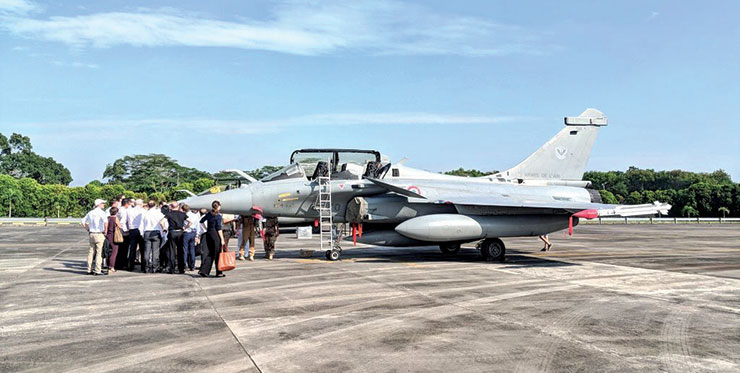
Arguments devoid of merit have an adverse effect on the nation’s credibility. The morale of the Armed Forces takes a beating. Yes, as a nation we must debate and then decide, for indecisiveness is criminal neglect; accountability to the nation is mandatory, on which no one should be spared, for the delays caused cost money and are detrimental to military preparedness. The government of the day appears to have displayed its intent on acquisitions, with some hard decisions in recent meetings, which, in turn have raised the confidence and optimism levels for early conclusion of contracts.
POSTSCRIPT
Even as this piece was thought of and thoughts put on paper, two new developments were announced on September 5, 2018.
The first: in comments made to the media on the sidelines of a seminar conducted by Centre for Air Power Studies (CAPS), the Vice Chief of Air Staff (VCAS) said, “…..all these discussions are taking place as people don’t have information….the induction will give IAF unprecedented combat capabilities.”
The second news item also of the same date is of concern: “The Supreme Court on Wednesday, September 5, agreed to hear next week a PIL seeking a stay on the Rafale fighter jet deal between India and France (Source PTI).”
One can just hope and pray that better sense prevails among all concerned, and the aircraft don the IAF colours in 2019 without any further hiccups.








